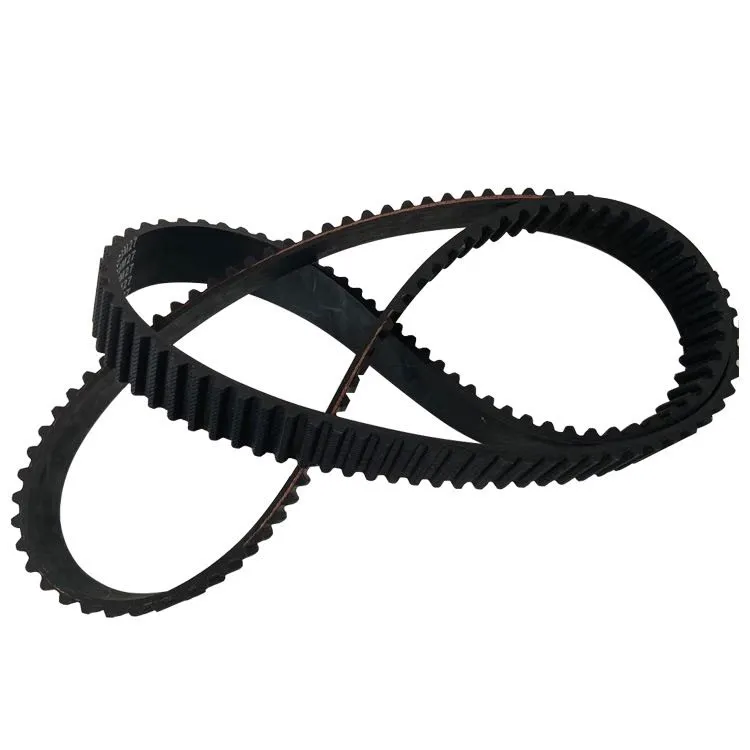- Arabic
- French
- Russian
- Spanish
- Portuguese
- Turkish
- Armenian
- English
- Albanian
- Amharic
- Azerbaijani
- Basque
- Belarusian
- Bengali
- Bosnian
- Bulgarian
- Catalan
- Cebuano
- Corsican
- Croatian
- Czech
- Danish
- Dutch
- Afrikaans
- Esperanto
- Estonian
- Finnish
- Frisian
- Galician
- Georgian
- German
- Greek
- Gujarati
- Haitian Creole
- hausa
- hawaiian
- Hebrew
- Hindi
- Miao
- Hungarian
- Icelandic
- igbo
- Indonesian
- irish
- Italian
- Japanese
- Javanese
- Kannada
- kazakh
- Khmer
- Rwandese
- Korean
- Kurdish
- Kyrgyz
- Lao
- Latin
- Latvian
- Lithuanian
- Luxembourgish
- Macedonian
- Malgashi
- Malay
- Malayalam
- Maltese
- Maori
- Marathi
- Mongolian
- Myanmar
- Nepali
- Norwegian
- Norwegian
- Occitan
- Pashto
- Persian
- Polish
- Punjabi
- Romanian
- Samoan
- Scottish Gaelic
- Serbian
- Sesotho
- Shona
- Sindhi
- Sinhala
- Slovak
- Slovenian
- Somali
- Sundanese
- Swahili
- Swedish
- Tagalog
- Tajik
- Tamil
- Tatar
- Telugu
- Thai
- Turkmen
- Ukrainian
- Urdu
- Uighur
- Uzbek
- Vietnamese
- Welsh
- Bantu
- Yiddish
- Yoruba
- Zulu
Jun . 19, 2024 10:52 Back to list
DRIVE BELT
DRIVE BELT
Timing Belt Vs. Drive Belts
The timing belt makes sure that your engine's crankshaft, pistons, and valves are working in sync.
Auxillary drive belts are used to drive other applications that run off the front of the engine like the ac compressor, alternator, power steering pump, and other belt-driven car accessories.
It is essential for you to fully maintain and service your timing belt and drive belt parts to keep your engine running smoothly.
What is a Timing Belt?
A timing belt (Or cam belt) is installed in a car to turn the camshaft at the correct speed in relation to the crankshaft, making sure the engine cylinders open at the right time. The timing belt is a toothed belt that is generally made from rubber. Although, some modern belts are now made from polyurethane or neoprene.
What are Signs of Timing Belt Problems?
If a timing belt is failing, it will start slipping and eventually break. Here are some faulty timing belt issues that you should look out for:
- High RPM engine problems
- Performance and low acceleration issues
- Engine misfiring due to a slipping timing belt
- Ticking noise from engine (This could also be low oil pressure or low engine lubrication)
- Oil leaking on the timing belt cover
-
Auto timing belt 90916-09041 car belt 163s8m27 for Auto engine with high quality

How often should Timing Belt be Changed?
It is crucial to replace timing belts at recommended intervals because if the belt breaks when the engine is running it can cause catastrophic and irreparable damage.
Every manufacturer is different, but as a rule, you should replace the timing belt between 40,000 to 100,000 miles or 4+ years. If you check your vehicle handbook, it should give you the exact mileage or time to change your timing belt. Check this first. If you can change your cam belt or timing belt yourself, it’ll keep costs down.
What are Belt Drives?
Belt drives are used to manage and distribute power efficiently within your car, and they are comprised of a flexible loop linking a series of powerful rotating shafts. This belt transmits kinetic power to multiple components of your engine, but even high-quality belts can be susceptible to snapping over time.
So, your belt drive and its components need to be regularly checked for signs of wear.
-
Upgrade Power Steering Pump Belt for Smooth, Quiet Operation
NewsAug.27,2025
-
Precision Timing Belt & Chain: Engine Performance & Durability
NewsAug.26,2025
-
Precision Lathe Drive Belts: Durable & Reliable Performance
NewsAug.25,2025
-
84.5 Serpentine Belt: Durable & Precision Fit for Your Engine
NewsAug.24,2025
-
Premium Ribbed Drive Belts for Quiet Power Transmission
NewsAug.23,2025
-
High-Performance Vehicle Timing Belt for Engine Precision
NewsAug.22,2025

